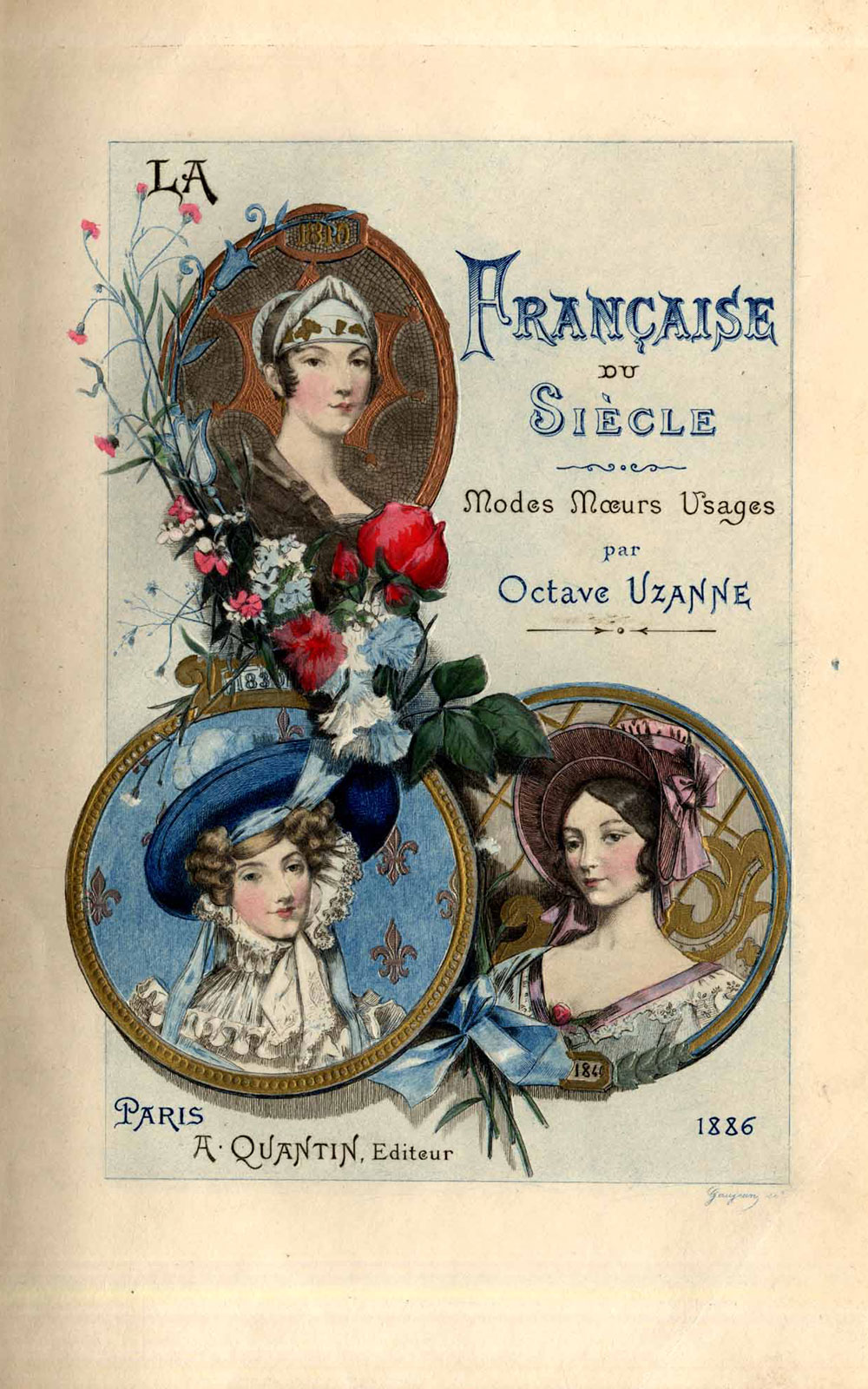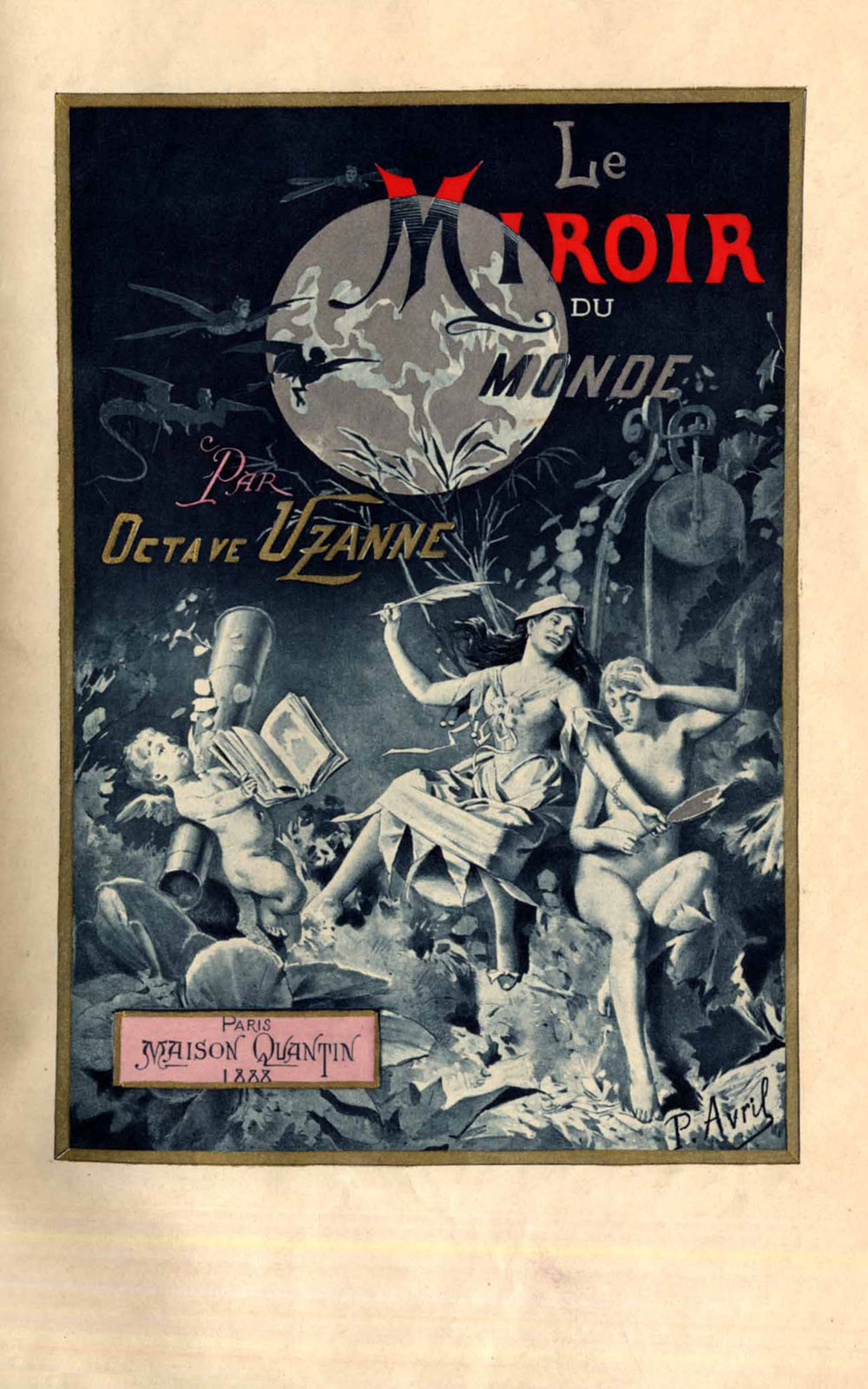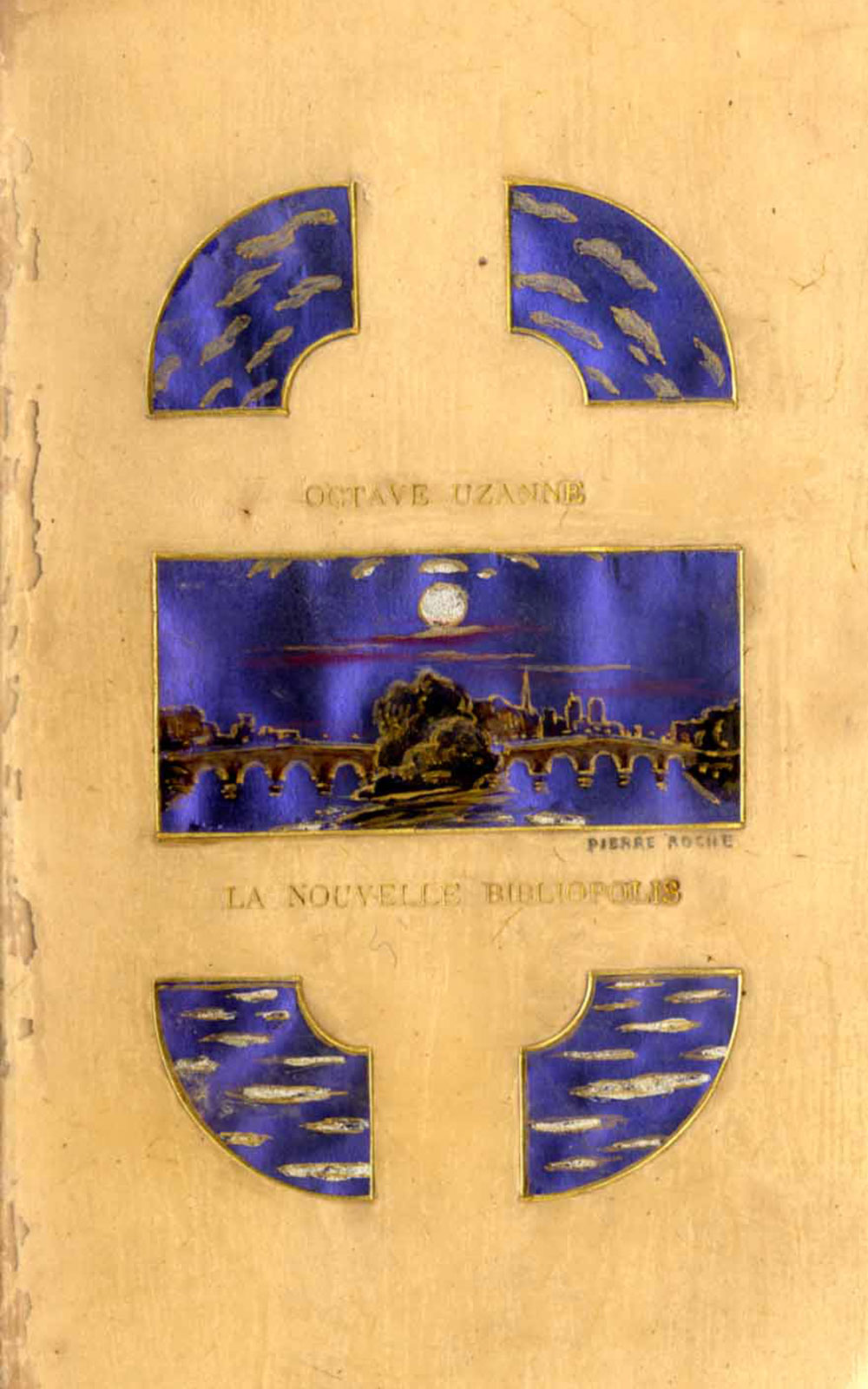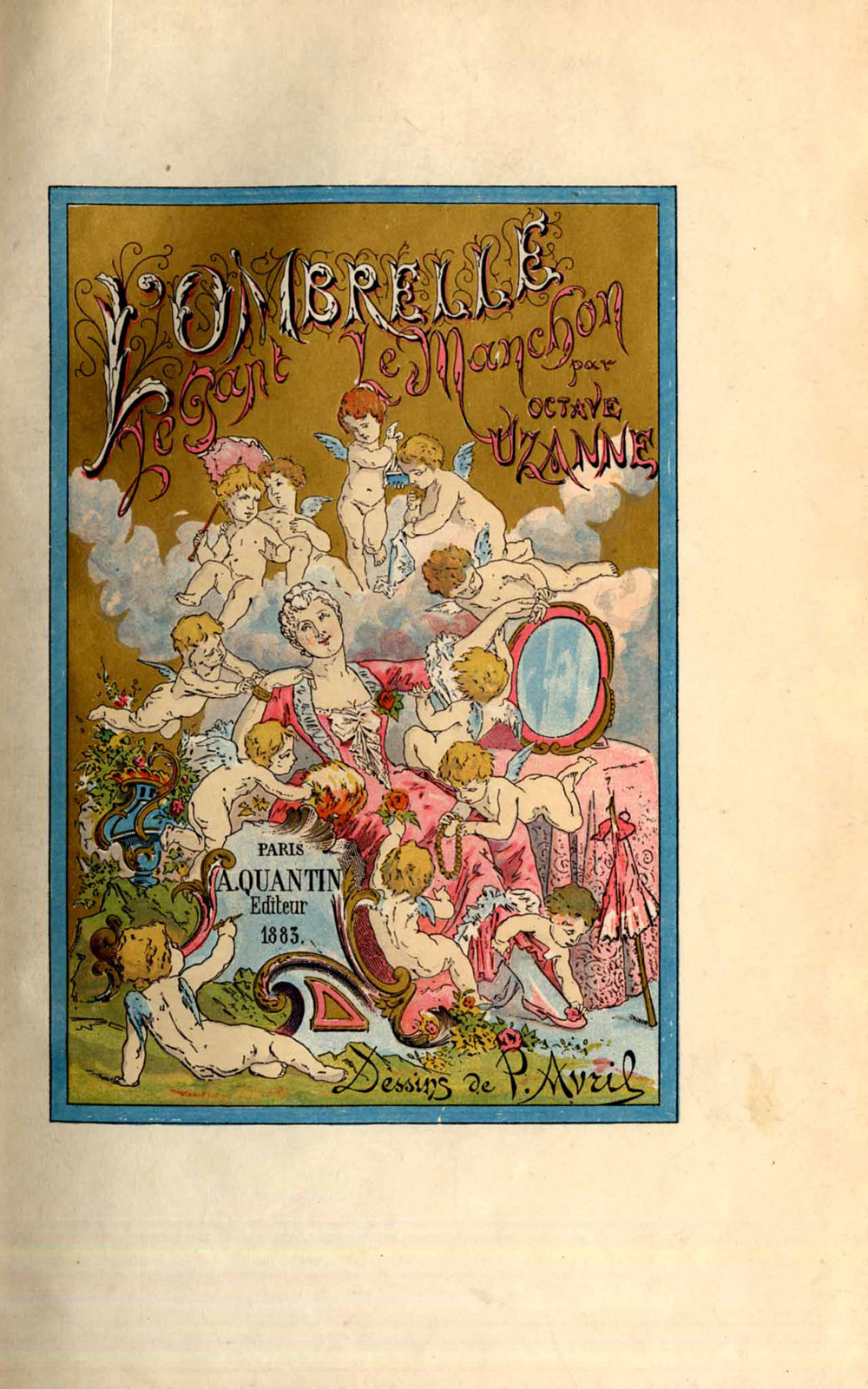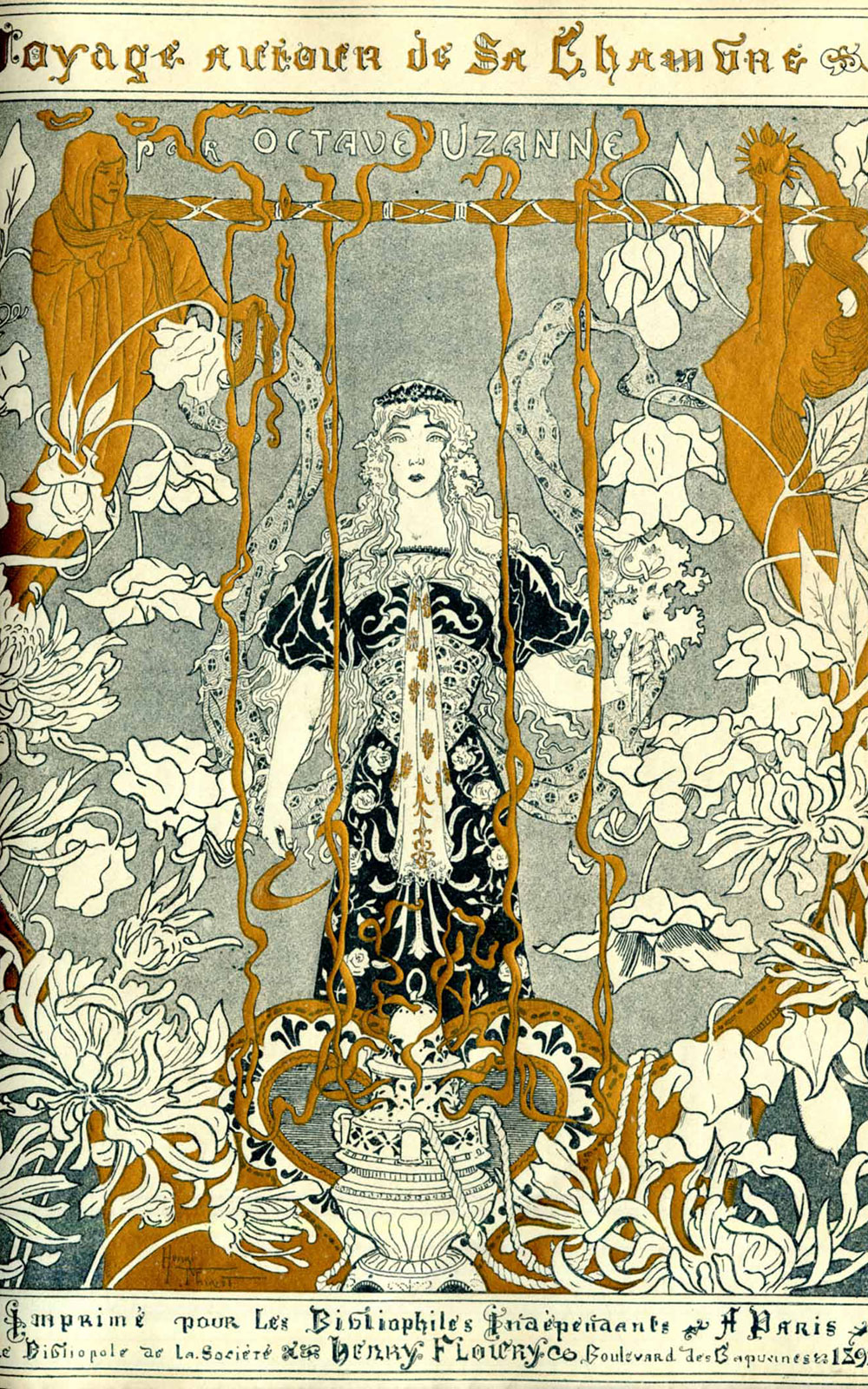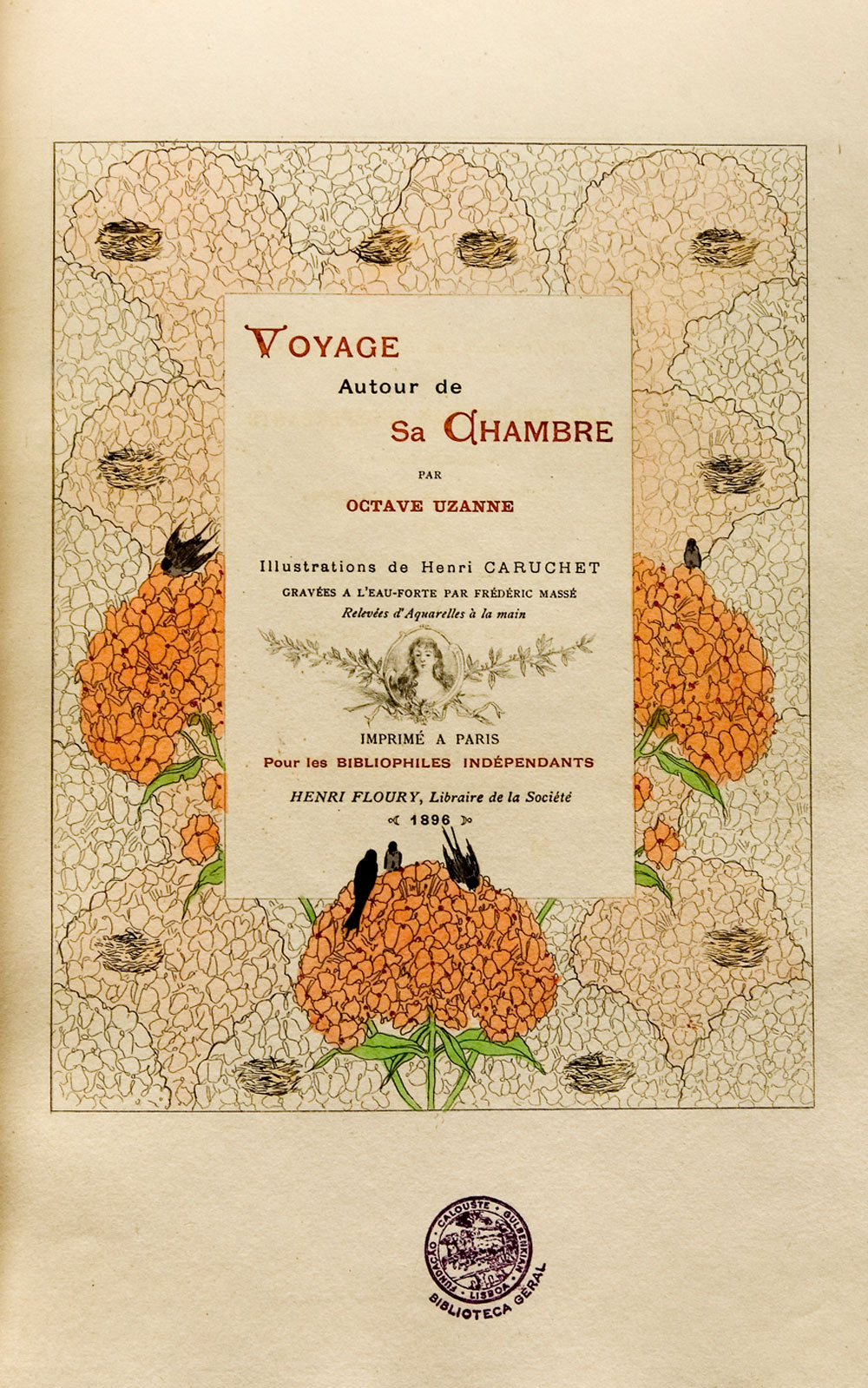The books of Octave Uzanne
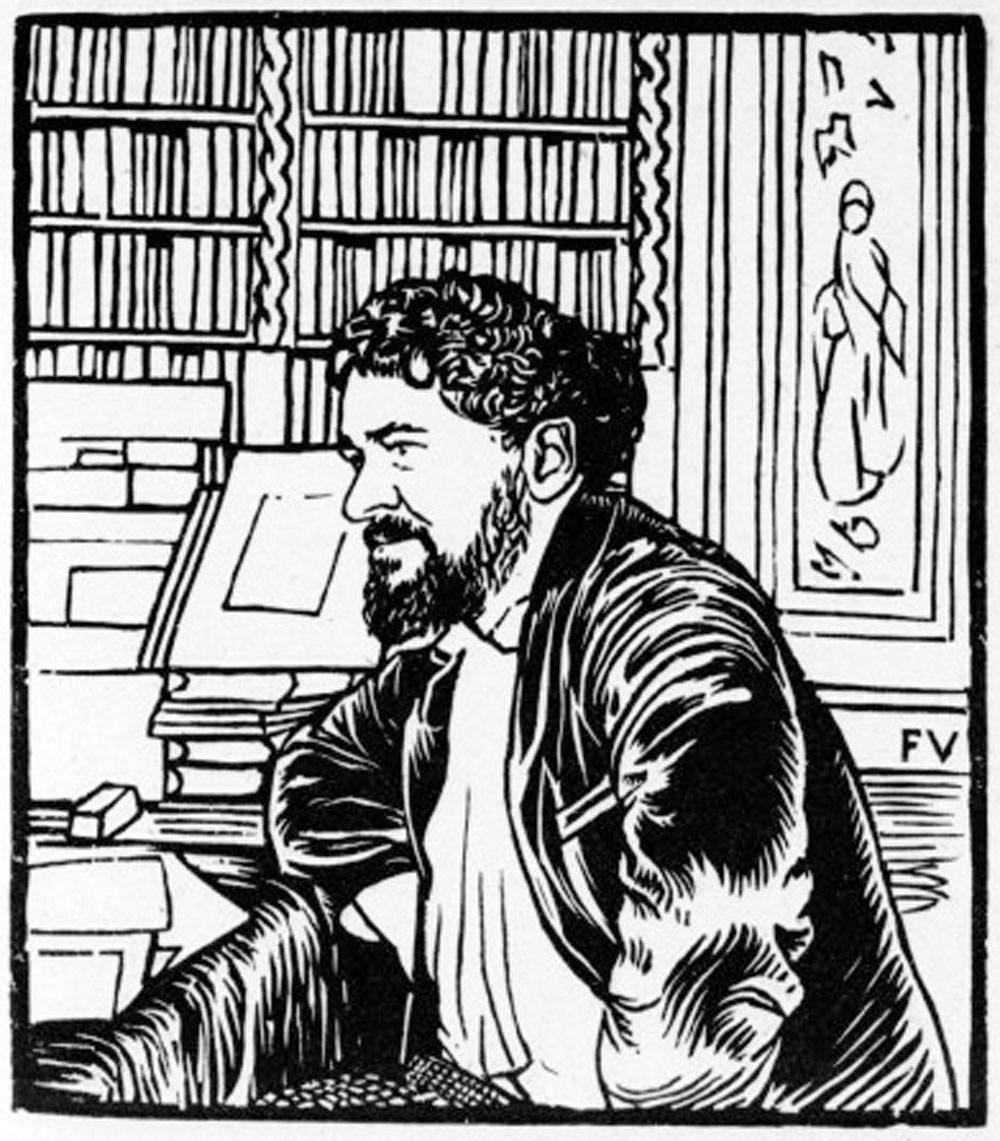
On 14 April 1900, another Universal Exhibition opened in Paris, heralding the new century with pomp and circumstance and displaying the technological progress that industrial development had been making possible since the end of the 18th century.

These were the years of the so-called Belle Époque, which coincided with the end of the Franco-Prussian conflict in 1870 and the outbreak of the First World War in 1914. A general contradictory feeling marked these decades. The significant set of material improvements introduced into people’s daily lives and the rapid social, economic and political changes experienced on the European continent and in the United States gave rise to optimistic views of the present and confidence in the future. But the acceleration of industrialisation also gave rise to growing unease and disquiet and a feeling of revolt against the inequalities that were becoming larger and more striking, especially in the large cities. The economic prosperity and material progress of these years also coincided with the affirmation of nationalism in the political discourse of nations such as England, Germany, France and Belgium, who were also confirmed as colonial powers at the Berlin Conference in 1885, where they divided up the African continent among themselves.
The artistic current that perhaps best expressed the spirit of the Belle Époque was Art Nouveau, whose first creations date from around 1884. Arising from the desire to create a new style of art as a reaction to the prevailing historicism, Art Nouveau – Modern Style, Jugendstil, Sezessionstil, Stile Liberty, Tiffany Style are some of its designations in the various countries where it appeared – was characterised by the use of sinuous and asymmetrical lines, based on the organic forms of nature.
Octave Uzanne (1852-1931) publisher, bibliophile – co-founder of the Société des Bibliophiles Contemporains – writer, journalist and critic renowned in his time was, in France, one of the promoters of the new artistic movement. In his books Uzanne took equal care of the binding, where silk combines with fine gold-engraved leather, the composition of each page, the sometimes luxurious way the text and illustrations come together, and the texture of the carefully chosen paper. Each book is thus the result of various collaborations – with artists such as Paul Avril, and Félicien Rops, with illustrators such as Albert Robida, Albert Lynch and Adolphe Lalauze, and with printers, engravers and bookbinders – that make it an object of desire for bibliophiles and collectors of works of art.
L’eventail, published in Paris in 1882, is one such book: profusely illustrated by Paul Avril (1843-1928) – author of illustrations for Balzac’s Le péché véniel and Flaubert’s Salammbô, for example – it is a study dedicated to the fan, one of the oldest accessories of the feminine universe, to which, moreover, Uzanne devoted several other titles, among which are: L’ombrelle; Le gant; Le manchon, also illustrated by Paul Avril (1883), Son altesse la femme, with illustrations by Henri Gervex (1885), La femme et la mode: métamorphoses de la parisienne de 1792 à 1892, with over 160 unpublished drawings by the French painter and illustrator Albert Lynch (who illustrated, for example, Balzac’s Le père Goriot and Alexandre Dumas son’s La dame aux camélias), and Emile Mas, and a frontispiece by the Belgian painter and illustrator Félicien Rops (1892), Les modes de Paris: variations du goût et de l’esthétique de la femme 1797-1897 with François Courboin, printmaker and print historian.


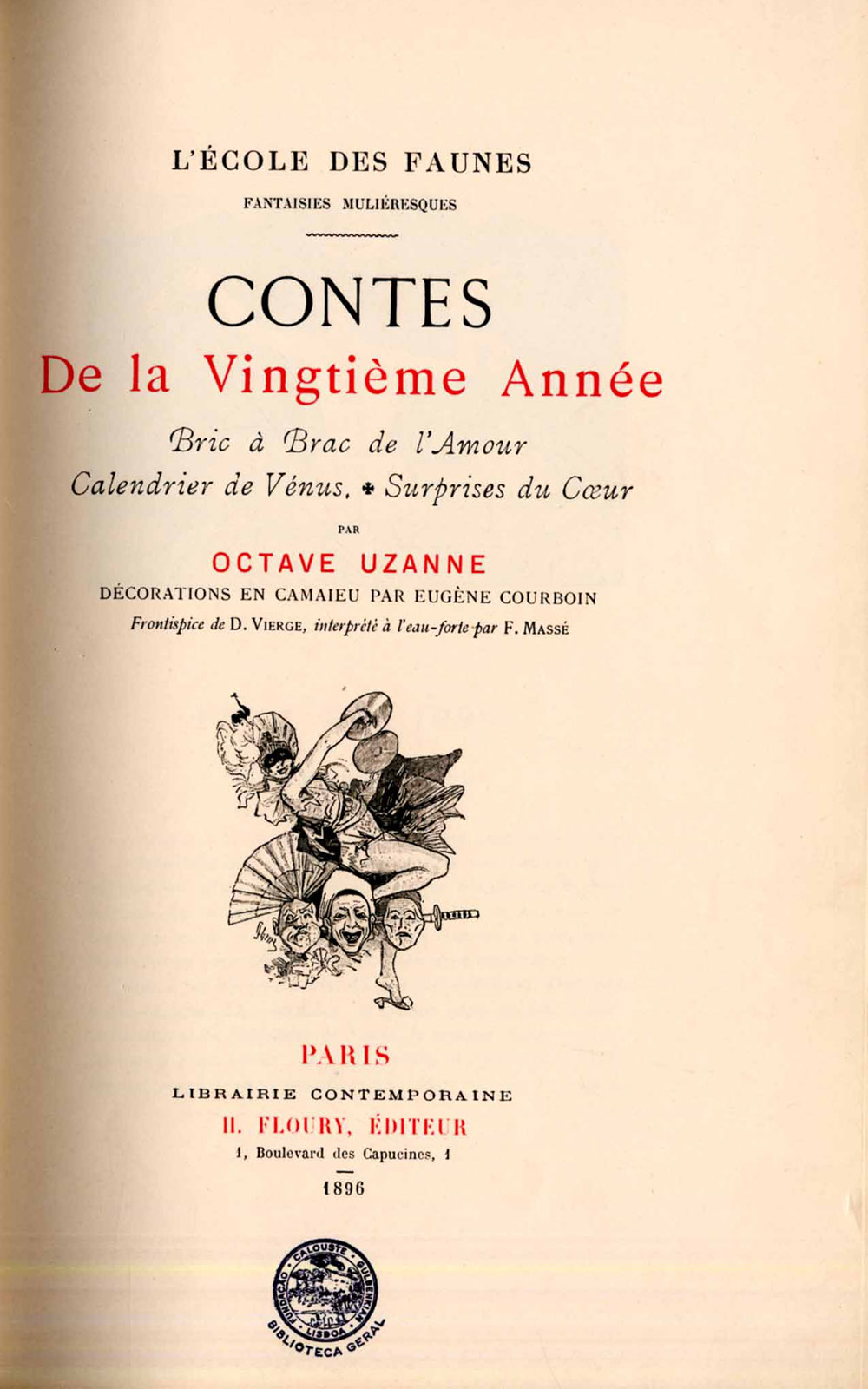
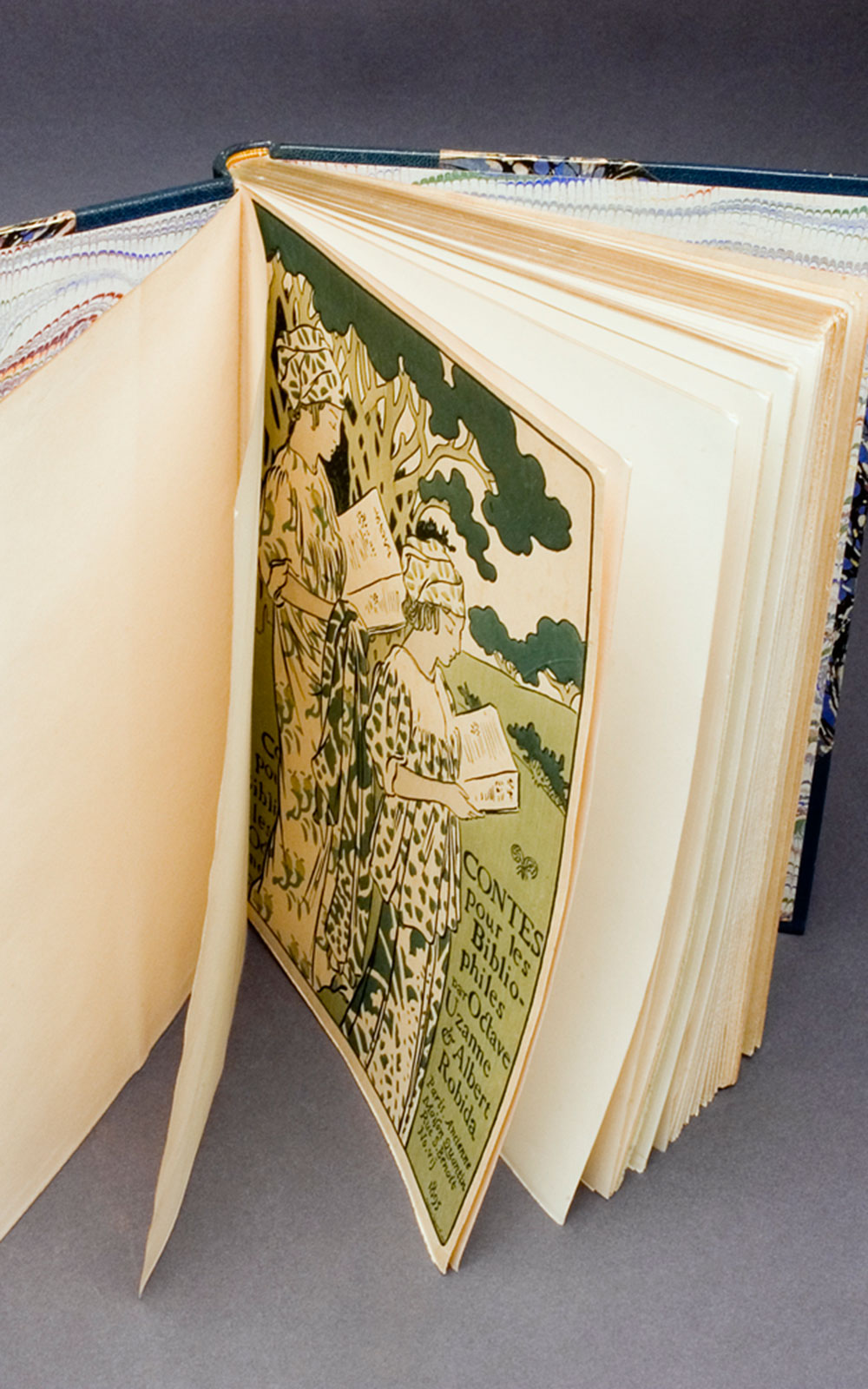
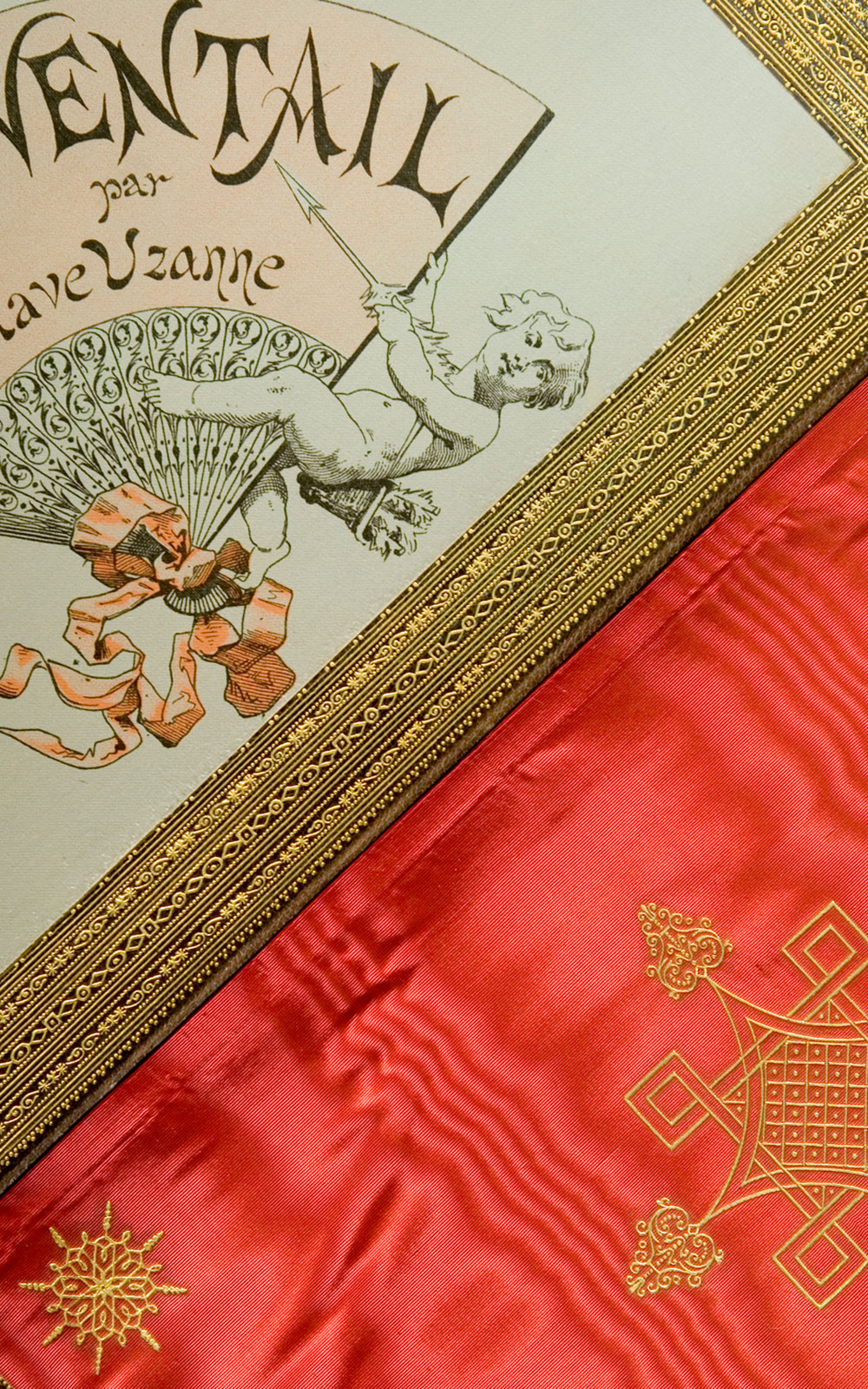

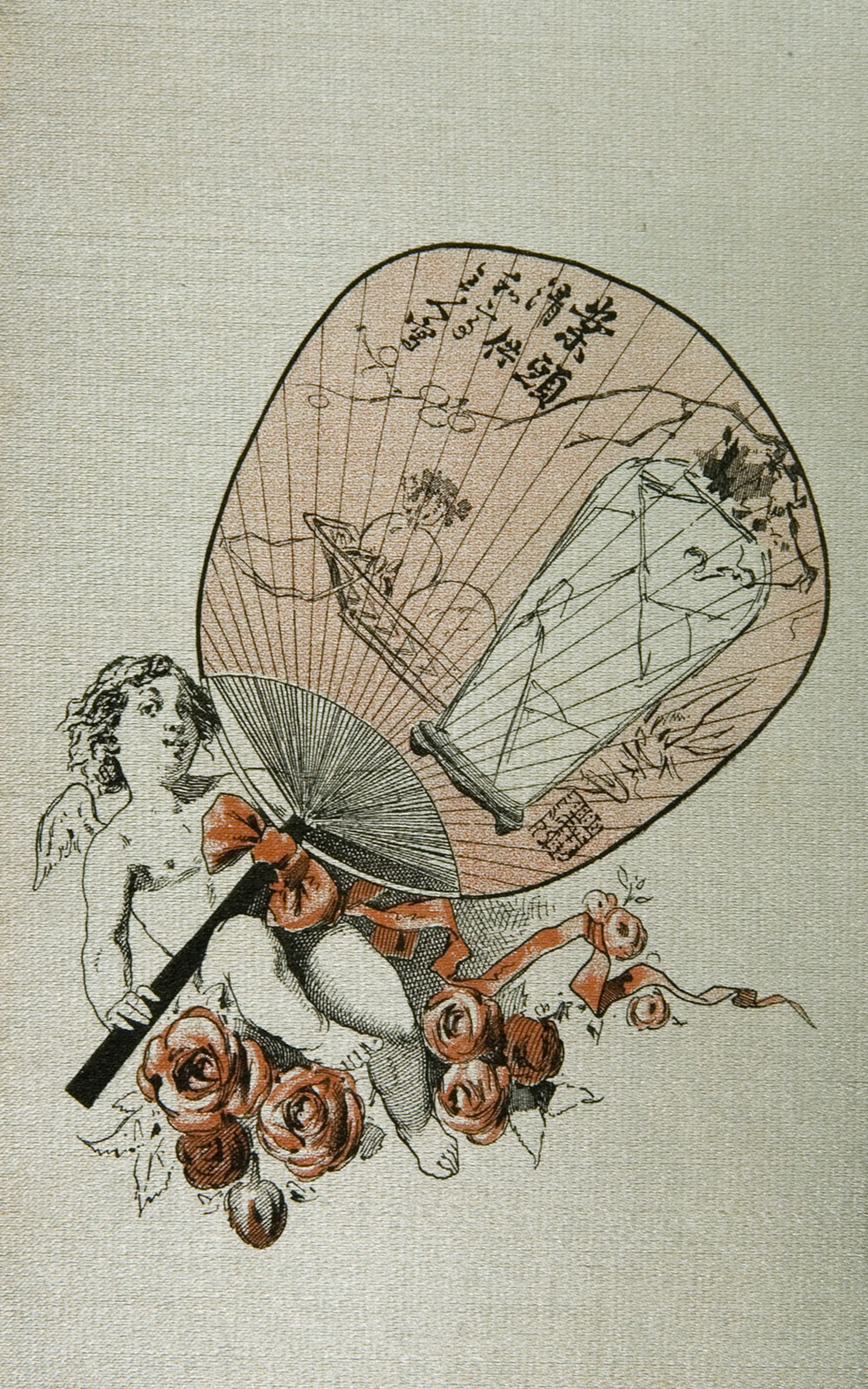
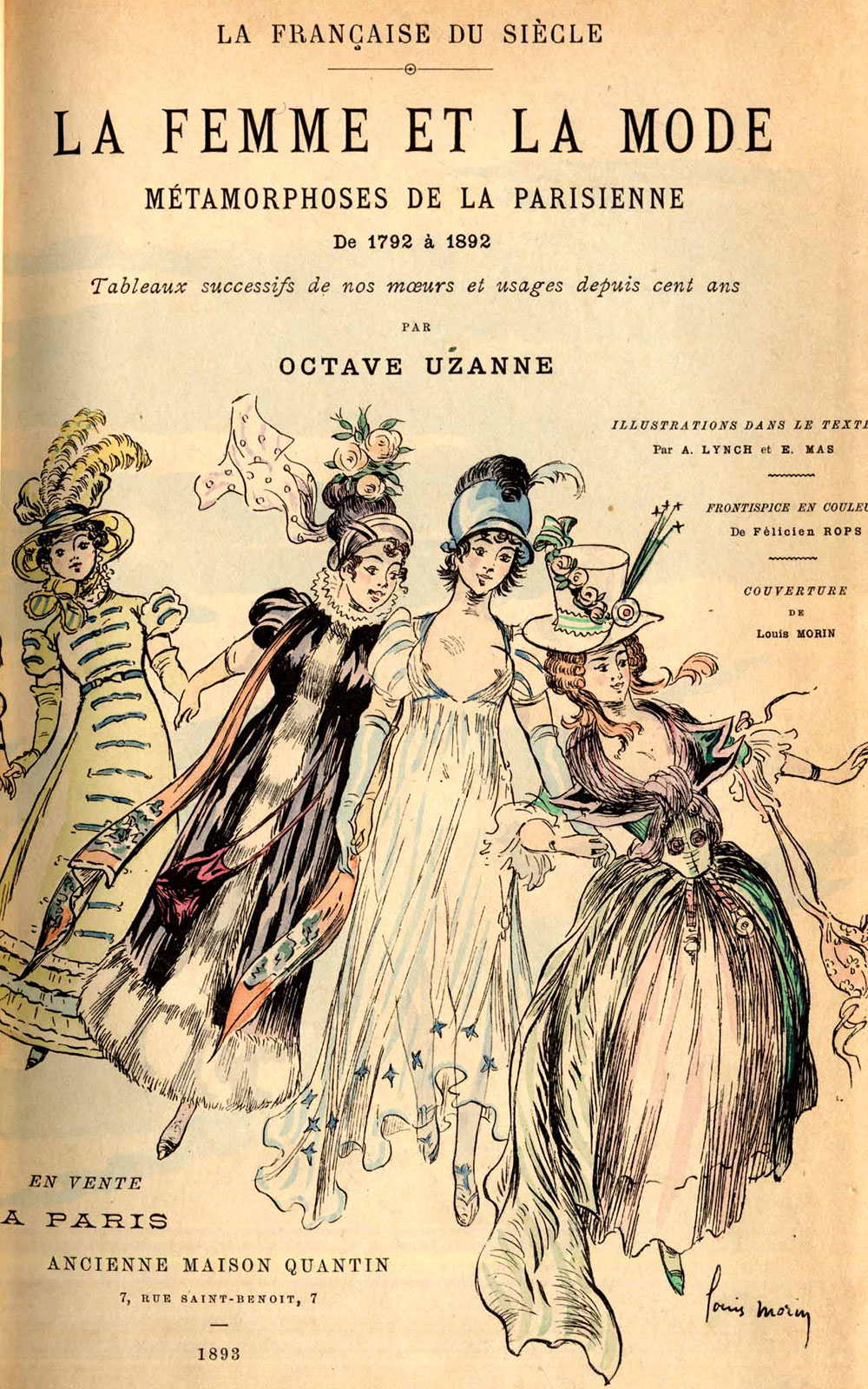
Books were always present in Calouste Gulbenkian’s life, both as objects of pleasure and aesthetic enjoyment, and as study and work tools. It is therefore no surprise to find thirteen works by Octave Uzanne in his private library, which are now part of the Art Library’s collection.
